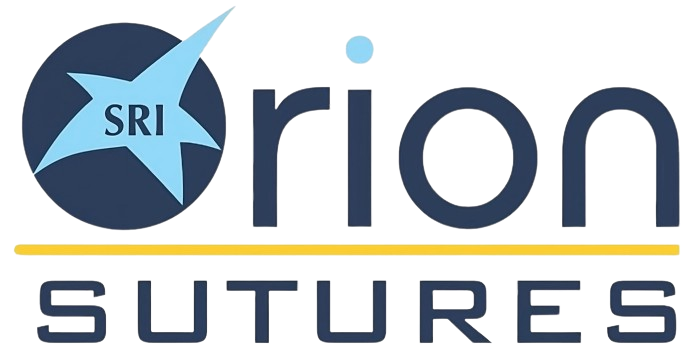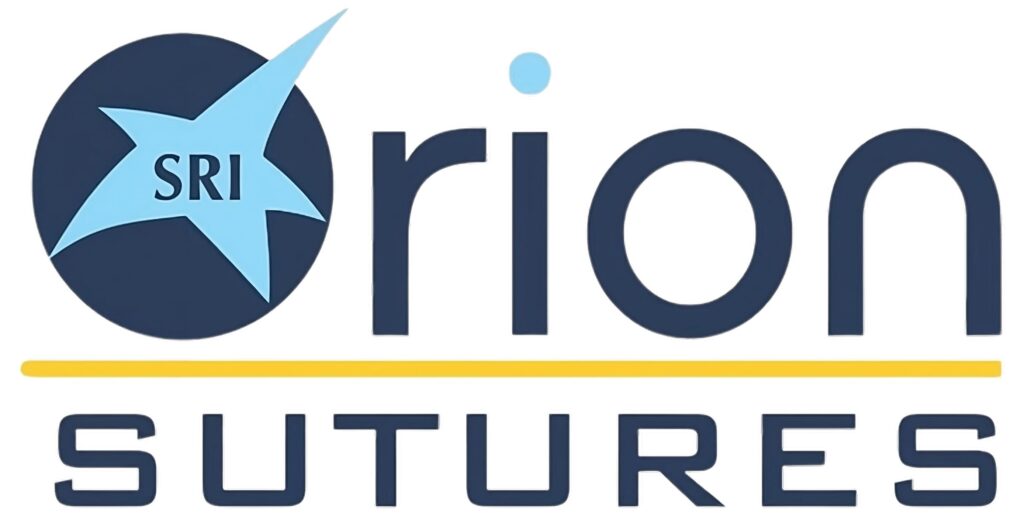Whenever we experience a cut or an injury, our tissues cut open. These tissues must be closed as soon as possible to prevent any infection and overflow of blood. A thread-like medical device is used for this purpose called a surgical suture. The sutures can be divided into two types absorbable and non-absorbable. The main difference between them is that absorbable sutures get absorbed naturally by the body after a while, but the non-absorbable sutures have to be removed manually. Absorbable sutures are made from easily dissolvable materials such as the intestine of animals, fibres, or artificially created polymers. The various types of absorbable sutures are Polyglycolic suture, Polyglactin 910, Catgut, Poliglecaprone 25, and Polydioxanone sutures. Polyglycolic acid sutures are braided multifilament surgical sutures.
Characteristics of polyglycolic acid sutures:
- They are synthetic
- They are well coated to allow easy passage through the tissues
- They have a smooth tie down
- PGA sutures have decreased tendency to irritate tissues
- They have a higher tensile strength
- Their absorption period is longer
- They have predictable absorption
- PGA surgical suture has outstanding handling properties
- They are made up of 100% polymer of glycolide that is coated with polycaprolactone and calcium stearate
- After two weeks, they lose 75% of their initial strength
- These are found to be non-antigenic and non-pyrogenic
- They are present in dyed (violet in colour) and un-dyed forms.
- The absorption time of PGA sutures is approximately 60-90 days.
- PGA sutures can be easily absorbed by hydrolysis
Advantages of using polyglycolic acid sutures:
- PGA sutures are tightly braided enhance their strength and also improve their smoothness
- PGA sutures have an outstanding knot security
- PGA sutures have excellent tensile strength thus, they are preferred over other absorbable sutures
- They are more flexible than non-absorbable sutures
Indications of polyglycolic acid sutures:
- General surgery
- Urology (disorders of Urinary system)
- Skin closure
- Eye surgery
- Plastic surgery
- Paediatrics (in infants)
- GIT (Gastrointestinal tract) surgery
- Gynaecology (deformities in female reproductive system)
- Orthopaedics (deformities of bones or muscle)
Contraindications of polyglycolic acid sutures:
- Cardiovascular surgery- as it can cause rupture and dilation during or after the absorption phase.
- Neurosurgery-
- PGA cannot be used in some cases where extended wound support is needed for more than seven days.
- If there is any kind of inflammation or itching on the wound site of the patient, then usage of PGA suture must be stopped.
Storage of polyglycolic acid sutures:
It is recommended to store them away from moisture and direct heat. They are sterilized with ethylene oxide.
Disposal of polyglycolic acid suture:
The needles must be discarded in the bin that is meant for infectious waste.
The surgeons usually evaluate your wound site to decide about the best type of suture to be used. Vicryl (Polyglactin 910) was the second type of surgical sutures to become available. Surgeons from all over the world use these sutures for performing surgeries. The surgeon should be well aware of all the types of sutures and the purpose of each suture. The suture must not be used after the expiration date otherwise, it can cause adverse effects.

